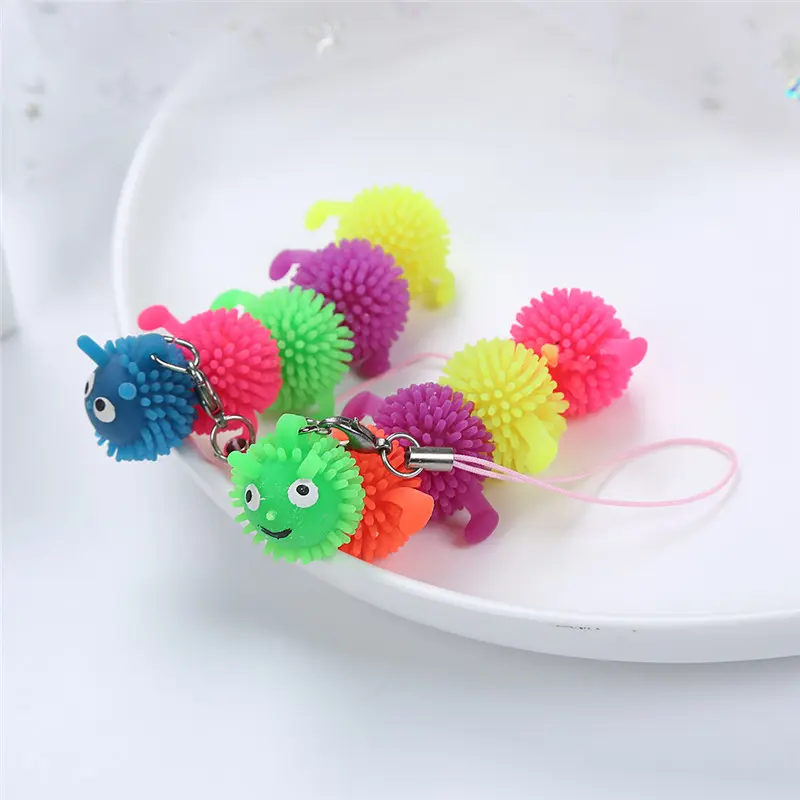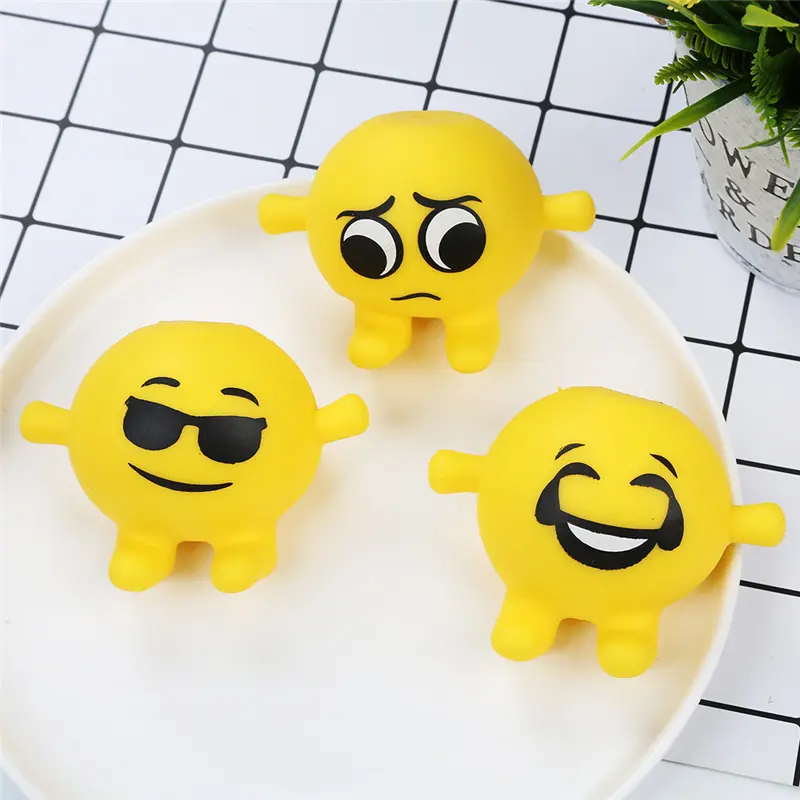I. The Middle East Stress Relief Toy Market
As the global wave of “emotional consumption” sweeps across the globe, the Middle East market is emerging as a surprising surprise in the stress relief toy sector. Data shows that the Middle East stress relief toy market is expected to experience a compound annual growth rate of 25.3% from 2025 to 2030, far exceeding the global average. Saudi Arabia, the UAE, and Qatar, forming the core triangle, contribute 62% of the regional market size. This growth is driven by the convergence of three factors:
1. The prevalence of stressful situations
A joint survey by Bayt.com and YouGov revealed that 40% of respondents in the Middle East experience “moderate stress,” with rising economic costs and limited career advancement as the primary sources of stress. In Morocco, only 15% of respondents are satisfied with their work-life balance. Post-pandemic, demand for toys to relieve anxiety among adults has increased significantly. Sales of stress relief products like board games and puzzles in the UAE continue to grow, demonstrating the robust demand for “emotional release.”
2. A Dual Upgrade in Consumption Capacity and Perceptions
Middle Eastern parents spend 1.8 times more on toys annually than European parents. Saudi Arabia and the UAE boast per capita GDPs of $23,000 to $41,000, providing a solid foundation for the consumption of stress-relieving toys. More importantly, consumer attitudes are shifting from a “functional” approach to one driven by “emotional fulfillment.” Young Saudis are willing to pay $26 to $107 for Labubu blind boxes simply for the thrill of collecting and social recognition. This emotion-driven consumption is converging with the Asian market.
3. Natural Dividends from Demographic Structure
60% to 80% of the Middle Eastern population is under 30 years old, with children under 10 accounting for nearly one-fifth, creating a “multi-age demand matrix.” Urban professionals aged 18-35 account for 58% of stress-relieving toy buyers, with female spending power being particularly strong (TGI index 142). Children and those with autism interventions are driving the growth of high-priced products, commanding premiums of up to 2.4 times that of standard models.
II. Targeted Breakthrough: Stress-Relief Toys Middle Eastern Consumers Really Need
A “one-size-fits-all” product strategy is doomed to fail when entering the Middle Eastern market. Combining cultural characteristics and varying needs, three product categories have shown explosive growth potential:
(I) Cultural Adaptability: Emotional Vehicles Incorporating Local Elements
Middle Eastern consumers are 2.3 times more willing to pay for local IP than for European and American IP, making cultural resonance key to product success. Successful cases have already provided the answer:
Religious Integration: A Ningbo company launched the “Ramadan Starry Sky Exploration Kit,” combining the LED lighting features of a drone with the Ramadan nighttime ascent. Despite doubling the price, it’s still selling out. Another brand developed an Iftar gift box containing Quranic story cards, boosting Ramadan sales to 40% of its annual sales.
Integrating Regional Symbols: A Yiwu company’s custom-made camel-shaped remote-controlled car saw a 210% surge in orders and a 25% increase in profit margins in 2024. AR sandbox toys, featuring a virtual desert landscape, generated $150,000 in single-day sales in a high-end mall in the UAE. Avoiding Aesthetic Taboos: Be mindful of the Qatari market’s sensitivity to pink packaging. Prioritize local aesthetic designs like Arabic patterns. Ensure instructions are in Arabic to avoid simple errors like Kuwait returns.
(II) Functional Segmentation: Covering Multiple Stress-Relief Scenarios
The stress-relief needs of different demographics vary significantly. Accurately matching these needs to specific scenarios can boost repeat purchases:
Workplace: Magnetic slime (45% growth) and multi-function fidget spinners (US$25 per order) are becoming popular desk favorites. These compact and portable products meet the fragmented relaxation needs of Middle Eastern men between 12 and 2 p.m.
Family: Slow-rebound “pinching toys” account for 41% of stress-relief toy sales, offering both parent-child interaction and adult relaxation. Sales of the “One Thousand and One Nights” co-branded building block set increased 400% during Ramadan, demonstrating the potential of family-focused products. Special Needs: Autism intervention toys command a significant premium. A Chinese brand’s Arabic-language version of early childhood education equipment sold over 50,000 units within three months of its launch, demonstrating its high value in specialized settings.
(III) Quality Upgrade: Dual Guarantee of Materials and Technology
The Middle East market has stringent requirements for product quality, and two key upgrade areas cannot be ignored:
Safety and Compliance Prioritization: GCC certification (not EU CE certification) is essential for market entry. The penetration rate of food-grade silicone and biodegradable TPR materials has increased from 12% in 2023 to 38%. Semper’s coconut fiber dolls secured a $3 million order due to their environmentally friendly properties.
Intelligent Technology Empowerment: AI voice-interactive toys have grown by 240% in three years. The application of AR/VR technology has increased product premiums by 40%-60%. These high-value-added products are gradually replacing traditional categories.
III. Three Growth Tracks Worth Investing in
Scenario-Based Packages: Develop packaged products such as “Workplace Stress Relief Gift Boxes” and “Ramadan Family Packages,” leveraging the scenario-based marketing strategy of Dubai’s “Starry Sky Exploration Package” to increase average order value.
Integrating Environmental Protection and Intelligence: Investing in photovoltaic panels to transform toy production lines not only secures government subsidies but also reduces costs. Furthermore, incorporating AI voice and AR interactive features creates differentiated competitive advantages.
Second-hand and Collectible Market: Dubai has already seen the emergence of second-hand luxury toy platforms, with premium rates reaching 60%. Explore the “limited edition + collector’s certificate” model to tap into long-tail value.
Post time: Sep-29-2025

